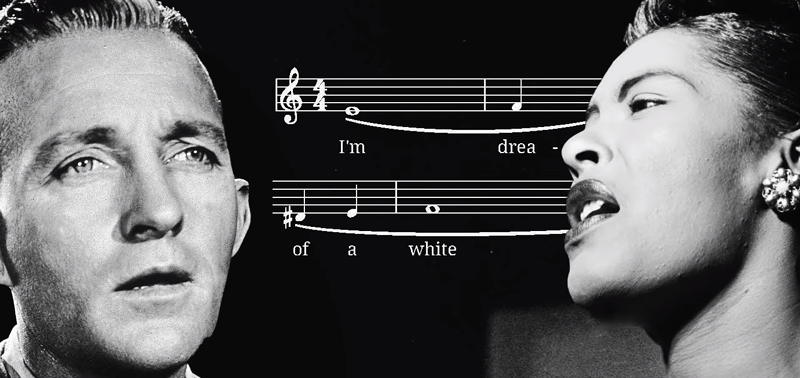A biographer of Frank Sinatra once commented that for singers like Sinatra, their instrument is the microphone. We tend to think of microphones as ideal transducers, picking up sound faithfully. But like most electronic components, microphones are imperfect. They have a varying frequency response. They pick up popping noises when we say words like “popcorn” that are normally lost to someone listening live.
[Cheddar] has an interesting video (see below) that covers how performers like Sinatra, Bing Crosby, and Billie Holiday learned to use the microphone to their advantage. They suggest that the microphone changed the way humans sing, and they are right.
Early recordings were mechanical affairs on wax cylinders or disks. This meant people had to all but scream into a horn to collect enough sound to move the recording needle. The invention of the microphone allowed singers to perform more naturally, but as the video shows, the best and most enduring singers learned to use the microphone to their advantage.
The video overlooks another key component, though, the sound engineer, who often would adjust things to get the best sound possible. If you are wondering who “Rudy Valet” is, we think they meant Rudy Vallée.
We looked at how ribbon mics changed recording. While the video mentions Bing Crosby, it turns out he was instrumental in bringing tape recording to the radio — and later TV — industry.
















Ah, the proximity effect. Yes, microphones have a huge role in coloring and shaping sound. I used to quip that if all we had to do was faithfully record sound, there would be only one kind of mic, and most audio engineers would be bored and out of work.
Truly it would be binaural and no mixing needed. For live sound I would be all for it. But…
I have a couple of birdcage mics and can really exploit them with my “radio voice” up close. I should do ASMR soundies. The whole organ pedal bass range, yep. Normally you see in old movies Churchill or Roosevelt speaking 3 feet from one and the world heard it all.
Sadly NPR dumped that sound for the high pitched kindergarten school teacher with lots of up modulation. They have one mic type that all member stations must use on air and it has little PE and they are supposed to use it lips touching. WBAA had to shelve all of their RCA ribbons to comply, and they lost their sound along with the generation that had taste to exploit this effect.
Paul Harvey said in one episode of “The Rest of the Story”, that it was the distortion of the carbon microphone, that resulted in “crooning”.